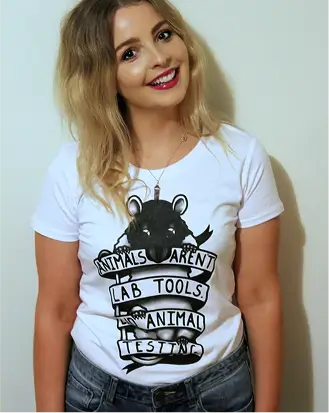Animal Experimentation
Learn everything you you need to know about this important issue!
Every year in Aotearoa, New Zealand approximately 300,000 animals are used for research, testing and teaching purposes. Thousands of these animals are subject to cruel experiments.
Many different types of animals are used for science in NZ - from mice and rats to cats, dogs, cows and rabbits. The ways in which they are used are just as diverse!
Globally, many animals are used in experiments relating to product testing and medical research. While this also happens in NZ, the biggest proportion of animals used for science here are used to try and enhance or sustain animal agriculture.
The good news: Developments in human medicine, science, and technology are all possible without the use of animals. From cell-cultured organoids and 3D printing with human cells, to biomechanical engineering and sophisticated computer models, there are many scientific methods that can be used instead of cruel, outdated and unreliable animal experiments.
Together, we have banned testing cosmetics and legal highs on animals in NZ but still have a long way to go before animals are free from experimentation.
Learn everything you need to know about animal experimentation in NZ below!





